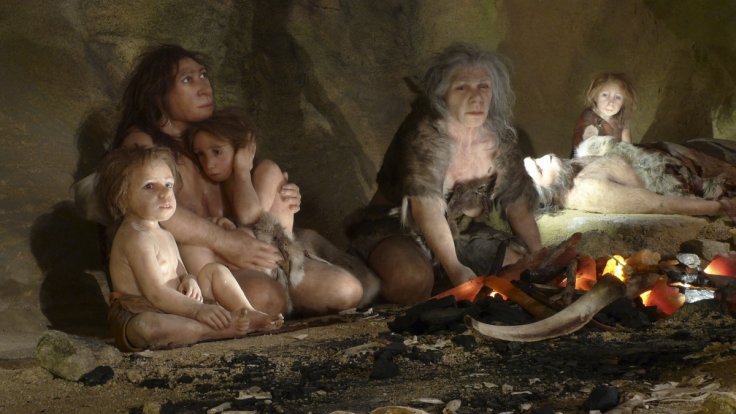
A new study report has suggested that human beings and Neanderthals may have diverged at least 800,000 years ago. Scientists made this conclusion after comparing thousands of human and Neanderthal teeth.
Until now, experts believed that humans and Neanderthals split in their journey before 300,000 and 500,000 years. However, the new research reveals that the split has happened much earlier than previously thought.
Aida Gomez-Robles, the lead author of the study suggests that Homo heidelbergensis may not be the common ancestor of humans and Neanderthals. The study report also added that this common ancestor still remains mysterious, and further studies should be conducted to unveil the enigma.
"H. heidelbergensis cannot occupy that evolutionary position because it postdates the divergence between Neanderthals and modern humans. That means that we need to look at older species when looking for this common ancestral species," Aida Gomez-Robles told Live Science.
However, Fernando Ramirez Rozzi, director of research specializing in human evolution at France's National Center for Scientific Research in Toulouse who was not involved in the study has already cast his doubts regarding the new study report. As per Fernando Ramirez Rozzi, several research reports have found evidence of interbreeding between humans and Neanderthal around 60,000 years ago.
If humans and Neanderthals have split apart 800,000 years ago, how these two species could interbreed before 60,000 years. Researchers also made it clear that this interbreeding explains why the genomes of some modern humans have nearly 3% Neanderthal DNA.
A few weeks back, another study conducted by a team of International researchers had discovered a new species of humans in the Philippines. Scientists have named this species Homo luzonensis, and experts believe that this new finding could reshape the human evolutional history.
The report was published in the Journal Science Advances.









